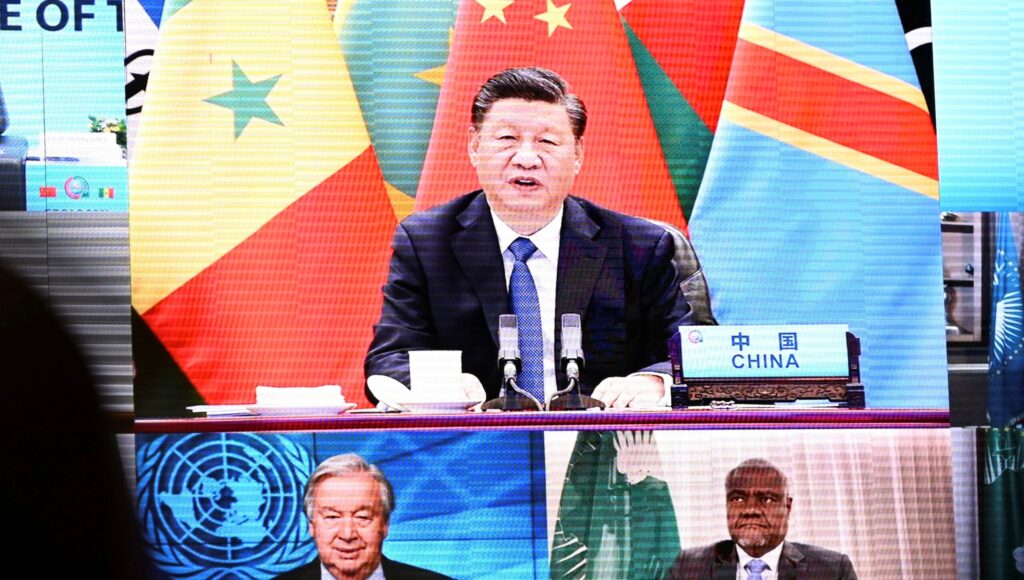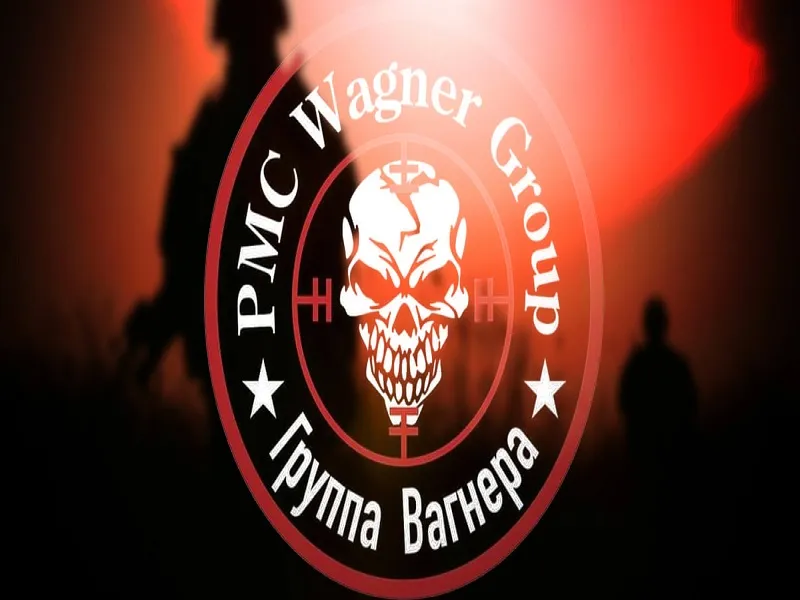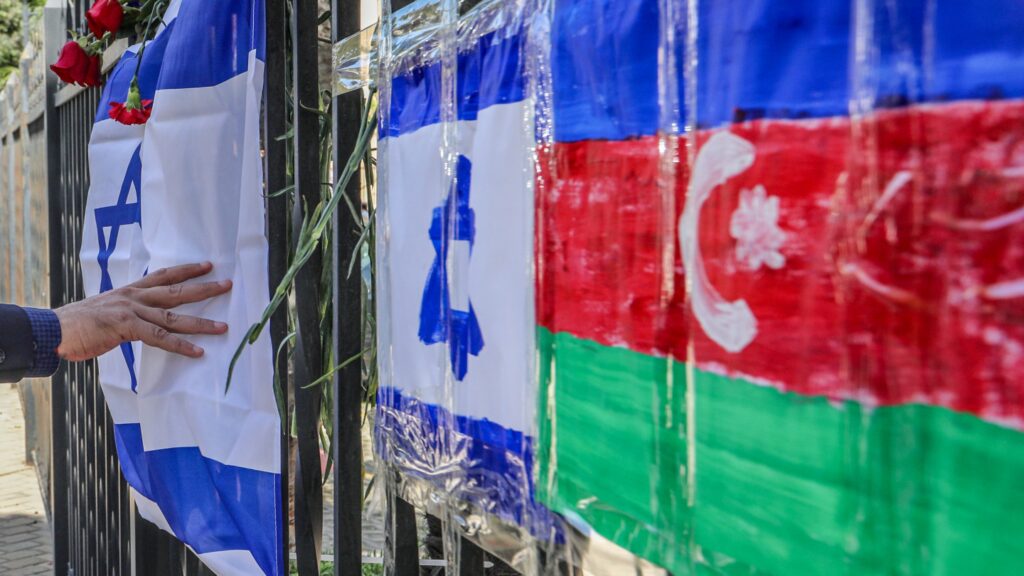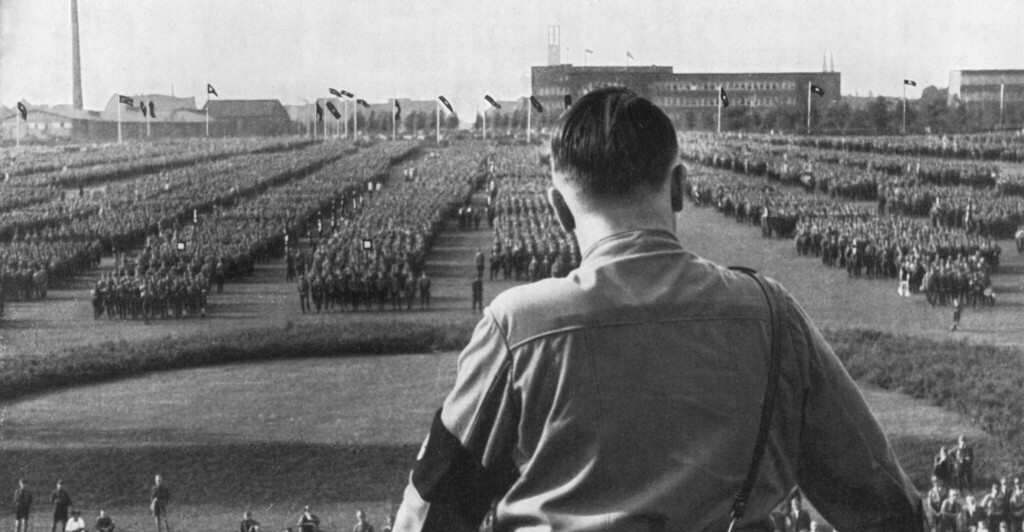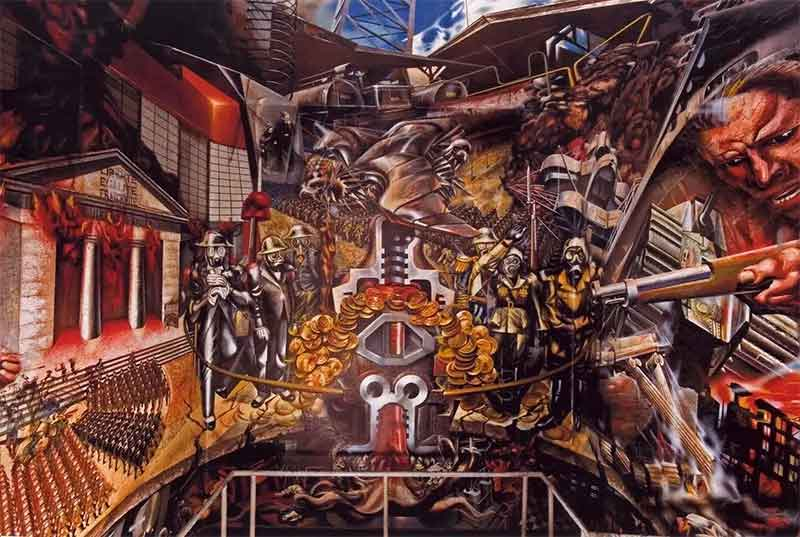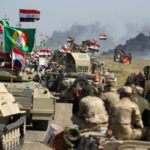
This reading assesses the most important elements of strength and weakness related to ISIS’s capabilities in Iraq, and also anticipates the behavior of this terrorist organization and whether it is able and willing to expand again similar to its previous expansion in mid-2014.
After a period of relative calm, tactical cells affiliated with ISIS have recently been able to carry out several operations in its main arena: Iraq-Syria. In Iraq, terrorist movements have intensified in the area known as the “Triangle of Death” located between the provinces of Kirkuk, Nineveh (Mosul) and Salah al-Din, not to mention the ability of two suicide bombers to infiltrate a commercial area in the center of the capital, Baghdad, where they killed about 35 people and wounded more than 110.
In Syria, organized networks of terrorists have surprised fixed and mobile points of the Syrian army in the Deir ez-Zor-Tadmur area, using the desert as a base for their surprise operations away from security and military surveillance.
This new wave of terrorism did not surprise security analysts. In fact, some research centers – such as the Center for the Study of War in a report published in July 2019 – expect that ISIS’s recovery will be faster and more dangerous than its recovery following the collapse of the “Islamic State in Iraq” led by Abu Musab al-Zarqawi. In 2011, the remaining numbers of this terrorist group ranged between 700-1,000 fighters, while their number at this stage – according to estimates by the US Defense Intelligence Agency – reaches nearly 30,000 terrorists armed with military, security and administrative expertise gained from their previous “caliphate.”
Despite the collapse of the terrorist entity’s capabilities in 2011, it was able to rise again, as its population control extended to large areas of Iraq and Syria in mid-2014.
This paper reviews the strengths and weaknesses of ISIS in an attempt to answer the following question:
Will this terrorist group be able to expand again along the fragile incubators in Iraq?
“Real” rating
Perhaps the official international announcements that celebrated the fall of ISIS after it was stripped of all the populated lands that were under its control were exaggerated. Therefore, objective and practical accuracy requires announcing the end of the first phase of defeating terrorism, which is the phase that is carried out by military means; making it the fastest and most obvious phase of the following two phases.
In the second stage, the process of tracking terrorist pockets begins with security means that require uncovering the sources of the terrorist threat. This stage also requires starting a comprehensive reconstruction process in the economic, political and societal dimensions without excluding or marginalizing any party. This stage is intertwined with the third stage, which is considered the longest and most complex stage of confrontation, in which terrorism is intellectually defeated and stripped of its attractive factors based on a limited understanding of religious texts that have been interpreted by extremist theorists to serve destructive goals.
The field assessment of the reality of ISIS in Iraq and Syria shows that it was only defeated in the first stage. The concerned governments and the international community as a whole have a long path ahead of them to address the terrorist threat from its roots in a way that combines all the necessary security, developmental and intellectual tools. What is happening now does not reflect an effort to eradicate “terrorism” but rather only a process to contain it, reduce the sources of danger and keep it under control.
The Covid-19 pandemic has increased the burdens facing Baghdad, as efforts have focused on confronting the health and economic consequences of the virus outbreak, and the priority of confronting terrorism has declined. In addition, the preventive measures taken by the state’s security and military apparatuses have contributed to loosening the security grip, which has created loopholes that have been exploited by the “vigilant” cells of the “organization” seeking to reorganize its ranks.
To illustrate this observation of “containing terrorism, not eliminating it,” we can point out the following factors that increase the risk of a second wave of “occupation” terrorism in Iraq:
- The failure of integration policies – which Baghdad is supposed to pursue intensively – to crystallize a comprehensive national identity that transcends sectarian and regional sub-identities, not to mention the feeling of the residents of the northern Sunni regions of deliberate marginalization and developmental exclusion in a manner similar to what was prevalent in the period following the collapse of the “Islamic State in Iraq” in the late first decade of this century.
- Local political conflicts between the Iraqi elites, and their conflicting orientations towards internal and regional issues, which in turn is reflected in the state of political instability that was clearly evident in 2019-2020 with the resignation of the government of Adel Abdul Mahdi amid widespread popular protests in Baghdad and southern Iraq, and the impossibility of reaching an agreement at the time on assigning a person to the position of prime minister for a period exceeding four months – during which two people were nominated – until Al-Kadhimi won the confidence of the Iraqi parliament.
Of course, the issue of raising popular political representation in the official structure remains a prerequisite for preventing societal groups from joining unofficial structures whose orientations and goals are usually confrontational with the state, and through which terrorism can infiltrate again, which places the Iraqi elite before great responsibilities to bridge the gap of trust with various segments of the people. The citizen in a state of law and institutions feels, first and foremost, that he is part of a state that provides him with the requirements of life, and therefore does not resort to alternative entities that promote the performance of the function of the “state.”
- ISIS has huge financial reserves, both in cash and gold reserves that it seized from banks in Iraq. This terrorist group also generates its revenues from kidnapping-ransom operations and foreign donations.
The international strategy has contributed to drying up the financial sources of terrorism, but ISIS still has the means to circumvent and evade international oversight. For example, it is said that digital currencies are considered a safe haven for illegal operations, including terrorism.
- The dilemma of loose weapons and the ease of obtaining medium weapons in local black markets. This issue is not limited to weapons still in the possession of organizations classified in Iraq as terrorist, but also extends to some formations of the Popular Mobilization Forces that refuse to submit to instructions to confine and control weapons within the structures of the army and security.
Such formations would further cloud the security landscape if they continued to operate outside Baghdad’s official will. In return, the community tendency – among Sunni tribes – to join informal military units similar to the Popular Mobilization Forces could be reborn, creating a “Sunni” need to rebuild another “ISIS” to defend themselves from perceived threats.
- ISIS adapted to the new situation tactically and administratively. On the tactical level, it revealed its prior readiness to use guerrilla warfare and lightning operations aimed at exhausting the enemy’s forces and preserving its jihadist reputation despite the state of dormancy it is experiencing.
He has proven his relative prowess in this offensive position, which gives him a preferential advantage in determining zero hour. He thus possesses the element of surprise and surprise over a wide geographical area, making it difficult for the security services to monitor and thwart the next operation.
Military experts agree that terrorist organizations can withstand guerrilla warfare much more than they can withstand traditional warfare based on defending populated territories, as this war requires sustainable logistical supplies and the employment of integrated military staffs, on land, in the air, at sea and cyberspace.
At the administrative level, ISIS has moved to a decentralized style of governance, by delegating the second-tier field leadership to make the necessary decisions. By getting rid of the burden of population management, this terrorist group has been able to free itself from some of the restrictions in its internal structure, and has also relatively gotten rid of the burden of centrally managing its external provinces, as the “leadership” is no longer responsible for financial and recruitment matters in these provinces.
This adaptation at the tactical and administrative levels gives ISIS the flexibility to respond to the requirements of its survival as a chronic threat, waiting for the “right moment” to expand or deepen its material and ideological gains.
- The fragility of security on the border; as officials in the Popular Mobilization revealed that the current wave of terrorist operations was carried out by elements coming from Syria and not by terrorists present in Iraq who decided to resume their activities again. The map of military deployment in the far east of Syria adjacent to the Iraqi border shows the multiplicity of parties imposing their control over these border areas. In the north, US-backed Kurdish forces control the area, while in the south, the United States has broad security influence through the Tanf military base, while several parties are competing for control in the central desert areas, especially in Palmyra, Deir ez-Zor, and Albukamal.
This overlap is due to the vital importance of the Syrian-Iraqi border, as it is the link between what is called the “Shiite Crescent” extending from Iran through Iraq and Syria and reaching the Mediterranean coast in Lebanon. Therefore, this border area will remain a soft underbelly and a rear base for terrorist activity until a political solution is crystallized to the region’s multiple crises.
- The absence of practical programs aimed at “educating” children who received extremist education at an early age during ISIS’s control over Iraqi provinces. It is no secret to those familiar with ISIS media activities that it highlights the role of the “Cubs of the Caliphate” as a future human reservoir that supports the coming rebellion.
To this day, some of these children are still in shelters that house women and men who have been indoctrinated with extremist ideology. It is said that the Al-Hawl camp, located in Kurdish-controlled areas, has turned into an “ISIS” town in terms of its residents being subject to a style of government imposed by terrorists, or in terms of funding “ISIS women” who continue their work in secret in service of the goals and interests of this terrorist group.
Shelters and prisons include individuals of foreign nationalities whose countries refuse to return them for security and legal reasons. For example, some governments have begun to revoke the citizenship of their citizens who have engaged in terrorist operational activities. Those who have lost their citizenship and are prevented from returning to their countries of origin have no choice but to be imprisoned or flee to terrorism again.
Temporary latency or extinction?
The above does not mean an inevitable return of terrorism in Iraq, as many factors weaken its capabilities and prevent it from achieving its ultimate goals. The most prominent of these factors are:
- Societal factors: The previous item may have highlighted the elements of local power that ISIS still possesses, but deep within these elements lies a factor that undermines the possibility of the population accepting submission to bloody rule after experience has proven the false practical reality that hides behind barbaric ideologies. Sympathizers and supporters of the ISIS narrative were shocked a few weeks after falling under their control, as the “state” was not just and did not “spare the blood of Muslims,” as its literature claimed.
But this ideological narrative of the caliphate myth has not yet collapsed in the minds of extremists. According to classical strategic thinking, the real defeat is not on the ground but in the enemy’s realization that he has been defeated and cannot win, which makes him unwilling to think about fighting another round. It is difficult to predict how such a victory will be achieved against the stubborn extremists.
- Tactical factors: Terrorist groups suffer from the absence of their field and ideological leaders due to their killing or imprisonment, which created a leadership vacuum that has not been filled as before, which casts a shadow over the cohesion of ISIS and its ability to unite its members under its decentralized leadership.
In contrast, the Iraqi forces have gained accumulated practical experience in the midst of their efforts to defeat terrorism, making them more vigilant and prepared to respond to various emerging threats. The successive collapse of state agencies in mid-2014 in the face of the terrorist invasion turned into a difficult lesson that revealed shortcomings – which were addressed as much as possible.
- International factors: Some reports have exaggerated the connection between the change in the US administration and the recent wave of terrorism, hinting – and sometimes stating – that there is a coincidence rather than a coincidence between the two events. This view contains several fallacies that adopt the “conspiracy” theory to explain the “ISIS” phenomenon.
Certainly, there were regional and international causes that contributed to the expansion of ISIS in 2014, but these causes were not direct for the most part. Rather, the regional fighting led to a state of security collapse that was exploited by terrorist forces. Most international parties did not expect that their support for this or that party would result in the formation of the “ideal opportunity” for the establishment of a “barbaric, bloody rule” similar to what was prevalent in the Middle Ages.
Accordingly, it can be assumed that influential countries will seek to avoid creating the appropriate conditions for the return of occupation terrorism again, due to the dire consequences that ISIS has caused for regional and international peace. Foreign orientations towards the Middle East at this stage agree on not supplying any unofficial formation with weapons, so that these weapons do not leak into the “wrong hands” as happened in a previous period.
In addition, the birth of ISIS came at a moment of extreme turmoil on more than one level. Iraq and Syria were exhausted by societal tensions, and the “cold” war was at its peak between the main regional powers. Now, the picture is less murky and more clear, and most countries want to harness their capabilities for internal priorities related to recovering from the repercussions of the Covid-19 outbreak, and thus they no longer have the luxury of financial and security support to parties outside their borders.
In this context, the Biden administration must address the Iranian nuclear issue in a way that does not anger regional rivals to Iran, because this could lead to political reactions that deepen the “contradictions” of positions and eliminate the possibility of formulating a regional consensus on the broad outlines, which could increase the gaps through which terrorist forces could infiltrate again.
In short , the Iraqi arena is still fertile ground for the growth of terrorism, which calls for more official steps to strengthen the internal front, especially since the country is approaching elections in which moderate forces seek to be representative of the Iraqi political spectrum.
Achieving more political and security stability would advance the outcomes of the strategic dialogue that the Kadhimi government has embarked on with Washington, leading to the implementation of what was agreed upon regarding the reduction of US forces and the regulation of the uncontrolled weapons possessed by some groups close to Iran. Any withdrawal of foreign forces and any restriction of these groups is subject to the government’s assessment that “security is stable and there is no need for support from outside state structures.”
After this review of the overall circumstances related to the Iraqi security file, it is not expected that the central mind of terrorism will seek a new occupational population control, due to the tactical difficulties that beset this control, and because it is thus mobilizing international and regional forces to fight it.
However, terrorism represented by ISIS is expected to continue to appear from time to time, exploiting local tensions – which will intensify due to the upcoming elections – and regional tensions that will also increase due to potential fluctuations in the Iranian nuclear file. This return of waves of terrorism may be carried out by unconventional means such as drone bombs or by cyber and biological means; inspired by the outbreak of the Corona virus as a scenario for an upcoming scene.
